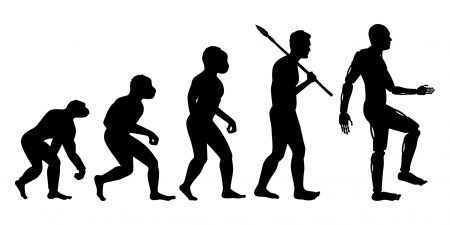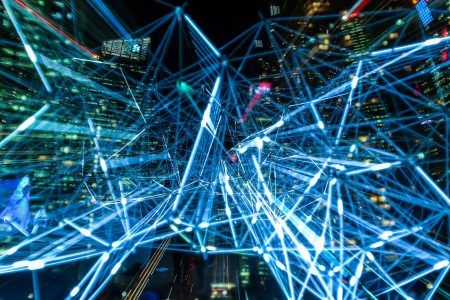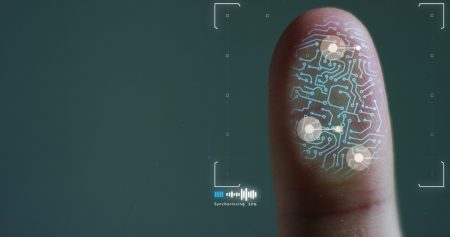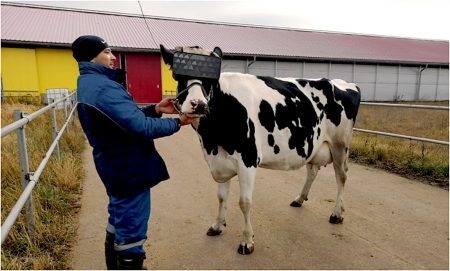Hardly a week goes by without a report announcing the end of work as we know it. In 2013, Oxford University academics Carl Frey and Michael Osborne were the first to capture this anxiety in a paper titled: “The Future of Employment: How susceptible are jobs to computerisation?”.
Browsing: Technology News
What we want is to make our lives more comfortable, more convenient, more glamorous and yet simpler. The luxury we relish from the benefits of a smart home far outweigh the costs, like the difference between the first smart phone and the Nokia 3310.
Usually this time of the year there’s a whole lot of nothing going on, news-wise. 2019 may be something a…
Modern society has given significant attention to the promises of the digital economy over the past decade. But it has given little attention to its negative environmental footprint.
With a collective gasp and puzzled looks, the world was recently introduced to Tesla’s newest vehicle. The so-called Cybertruck is an angular, stainless steel, all-electric pickup truck that quickly became polarizing.
Our electronic devices store a plethora of sensitive information. To protect this information, device operating systems such as Apple’s iOS and Android have locking mechanisms. These require user authentication before access is granted.
In an interview, PayPal’s chief executive, Dan Schulman, recently discussed the prospects for blockchain – the encrypted, decentralised online ledger system that underpins…
Earlier this week, Russian farmers announced they are testing virtual reality (VR) for dairy cows. Conducted at the RusMoloko farm near Moscow, the trials supposedly use specially adapted goggles to show the animals a view of a pleasant field in summer. The idea is to make the cows happier, which in turn could make them produce more milk.
No, you’re only imaging the opening notes from the Mission Impossible theme song. But yes, Facebook is indeed testing messages…
Long-distance running times are dropping – and the first sub-two hour marathon was completed recently by Kenyan athlete, Eliud Kipchoge. Some are arguing that innovations in trainer design are playing a pivotal role in these improvements. But what is the science behind these elite running shoes? Can they really make such a big difference? And can they get even better?










